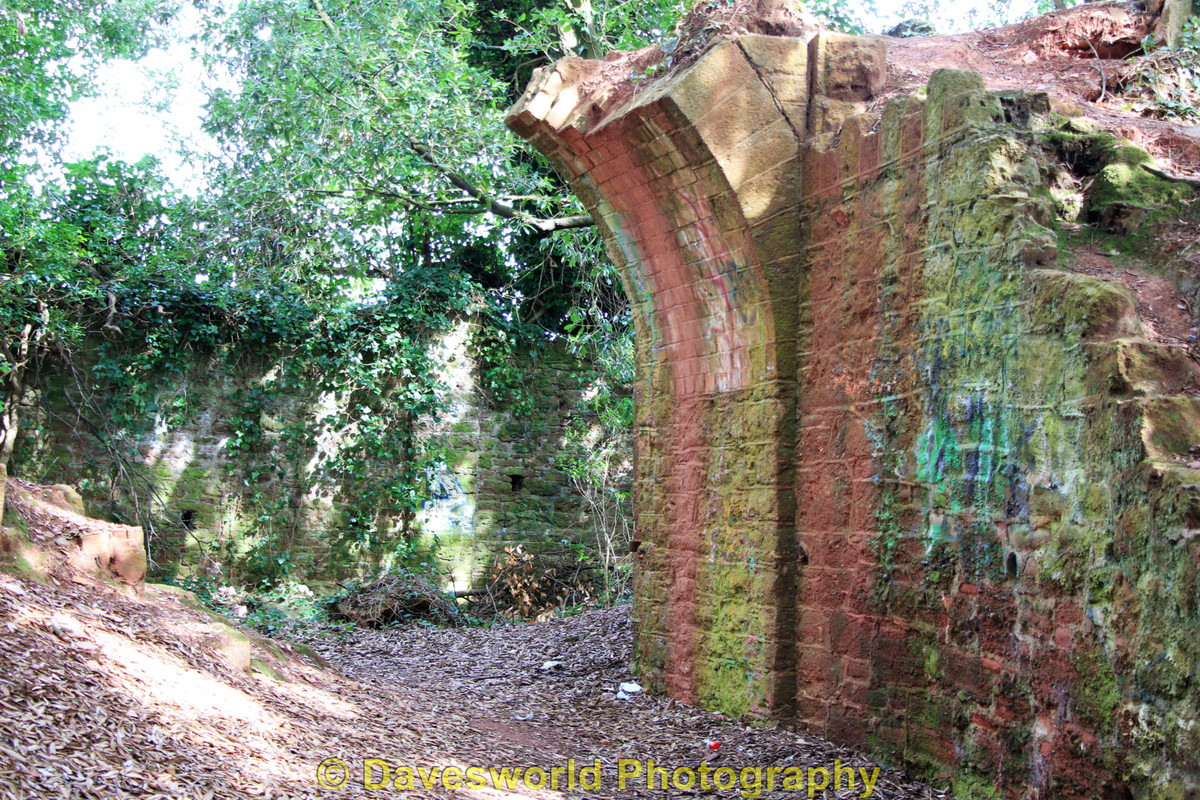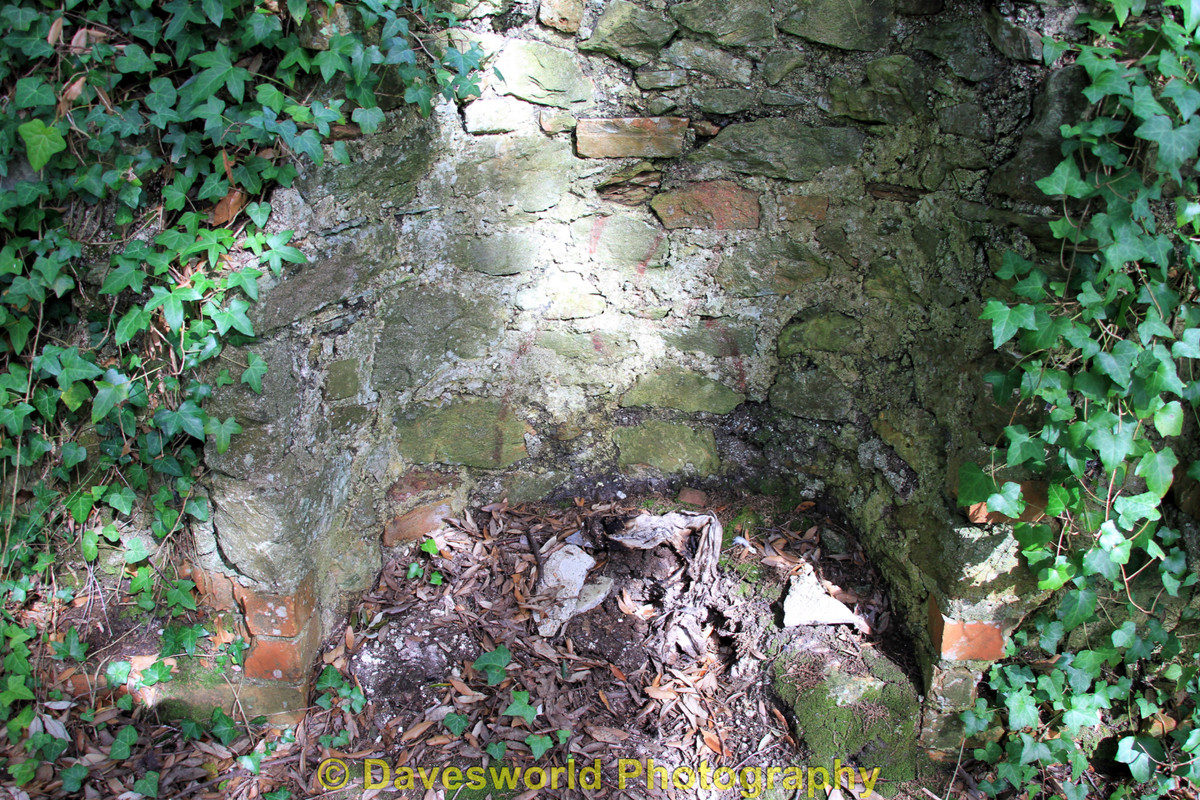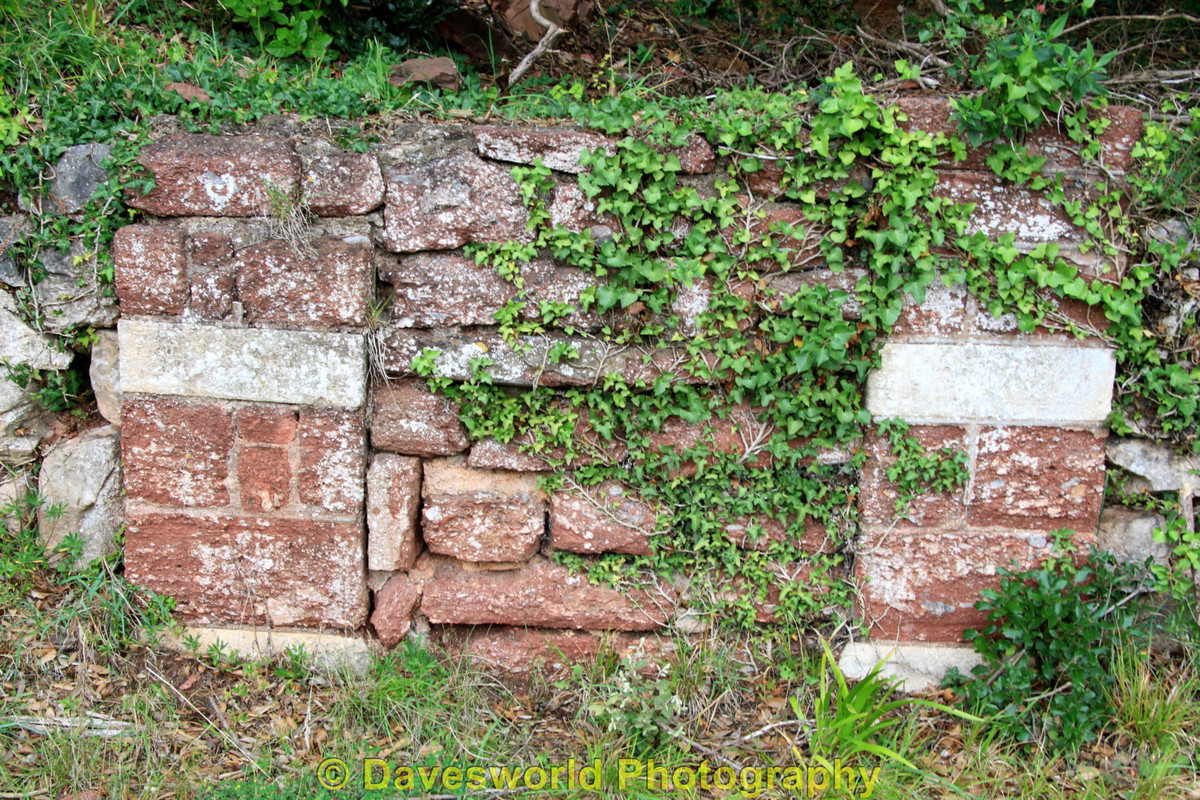Post by Dave on Sept 7, 2020 15:47:22 GMT
Simla House Ruins Goodrington 7th September 2020
I wonder how many people who visit Goodrington Beach do not know as they turn into Tanners Road that up in the trees on the right hand side are the ruins of Simla House. It is a site I have wanted to visit for a very long time, but never got around to it. I knew there was not much left to see on the site these days, but I still considered it a worthwhile visit and photo shoot opportunity.
It took me a while to find the woodland steps that take you up to the ruins; I walked into the carpark right to the end and only spotted the steps in the left hand corner close to the main road on my way back through the carpark. This former coach house that was built around 1870 must have had glorious views perched high up on a hill over looking Goodrington.
How much of it is left? And just what parts of the house? That is a very good question and one you can only guess at to be honest. This was an eight bedroom house with a number of sitting rooms, offices a stable for three horses with harness room, a coach house for the coachman and some farm buildings. The grounds had terraced walks, a tennis lawn and also a croquet lawn, flower beds and also a kitchen garden.
As I walked around the site I could not image how all of that would have fitted in there and hence why I asked what part of the house now remains. At around the same time Simla House was built another house was build down the hill called Brimhill Villa, both these two houses were compulsorily purchased by the GWR in 1938, in order to expand the railway.
Brimhill Villa was completely demolished to make way for a railway turntable that was never built as worked was stopped due to the war in 1939. Simla House had a very large part of its gardens removed to create more sidings next to the station. But was that all that was removed? Was any part of the house demolished or did it get destroyed by a bomb during the war as one person has suggested.
The first noticeable thing on the site is the remains of half an archway, as you stand there you can almost hear the horses pulling a coach under it. Just how they would have got there is a mystery when you look around you, maybe there was originally a driveway from somewhere around the Tanner Road end. When you go under the archway you notice a back wall, was this a part of the main house, or is it the stables?
A bit later on I was able to take a pathway with an open gate that led into a small sloping field, this was on the other side of the back wall I had seen and there was no evidence any part of the house was ever a part of this field. Come back through the arch and on the right is the remains of a wall that clearly has a fireplace in it. But just eight feet away the ground drops away steeply into the carpark.
This suggested to me that some of the house must have gone out much further and some of the bank must have been taken away when the carpark was created. At the end of the wall with the fireplace in, the land drops away steeply again and there was no evidence of any type of building being there.
I had seen a picture online of what was described as the top of a spiral staircase disappearing in to the ground that had black tiles on the steps. At first I was unable to find them and part of the reason was they were well covered in leaves. I was able to uncover about three steps using my shoe but was not sure there would have been any more and they might well have just been a part of the terraced gardens.
Just one more part to find and it was nowhere in sight, a wall with a small archway in it, but I found it in the end. This wall is close to the pathway on the main road opposite the Leisure Centre carpark. Below it is what looks like a small bricked up gateway, but both these parts are much lower down the side of the hill the house must have stood on and what are these parts?
It is a mystery and there are no known pictures of Simla House to help anyone try and work out what parts are now left standing. I firmly believe rightly or wrongly that most of the house was demolished when Brimhill Villa was knocked down, a stone brick house build in 1870 would still be standing today, even if it was left abandoned, maybe roofless and trashed by local vandals, but you would have thought the main walls would have survived.




































